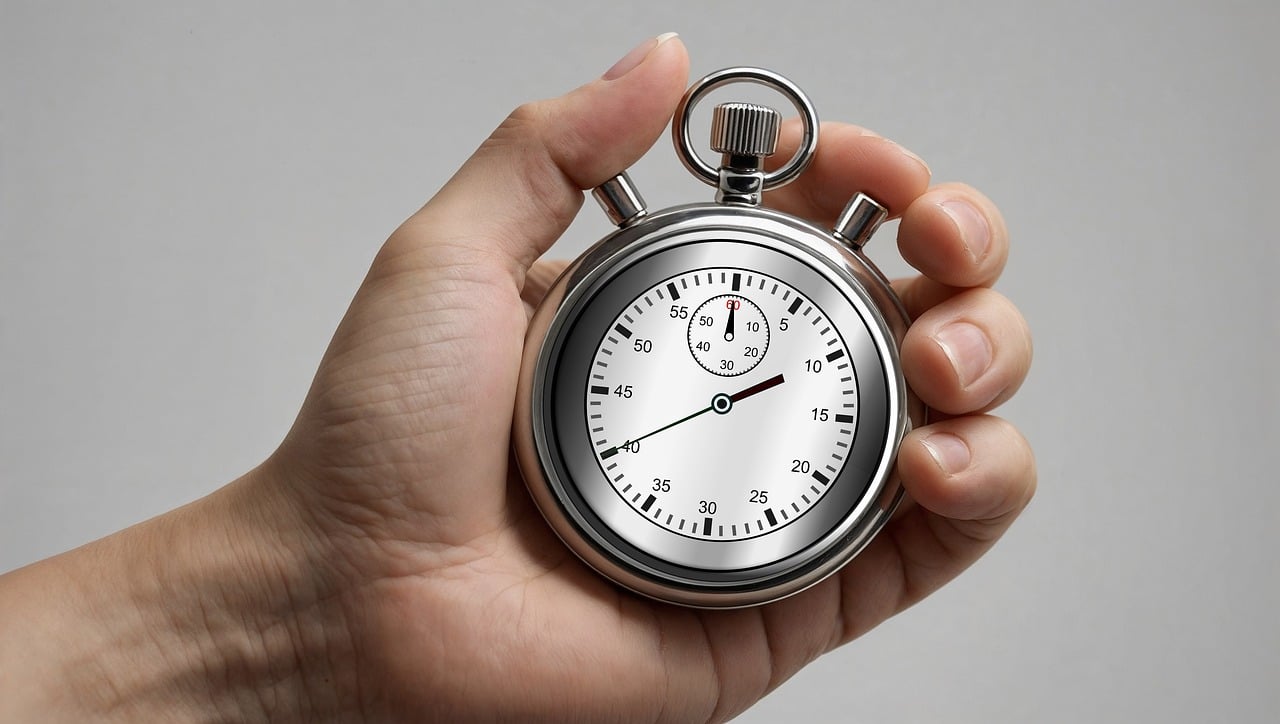Have you ever been frustrated by a slow computer? You’re not alone. Many people face the annoyance of their devices lagging behind, often at the worst possible times. Whether it’s when you’re trying to finish a project or simply browsing the web, a sluggish system can be a major headache. Let’s dig into some practical steps to get your computer back up to speed.

Understanding Why Your Computer is Slow
Before jumping into solutions, it’s essential to understand why your computer might be dragging its feet. Various factors could contribute to its sluggish performance.
Common Causes of Slow Performance
There are several reasons why your computer may be running slowly:
- Too Many Background Programs: Running multiple programs at once can hog your system resources.
- Insufficient RAM: If you don’t have enough memory, your computer struggles to keep up with your tasks.
- Malware and Viruses: Infections can drastically slow down your computer, often without you even noticing.
- Hard Drive Issues: A cluttered or failing hard drive can impact performance significantly.
- Outdated Software: Old operating systems or applications may not run effectively with new updates.
- Fragmented Hard Drive: Over time, files can become scattered, causing read/write times to increase.
By identifying the root cause, you can tackle the problem more effectively.
Step-by-Step Solutions to Fix a Slow Computer
Once you’ve pinpointed potential causes, you can begin addressing them. Here’s a rundown of practical tips to speed up your computer.
1. Close Unnecessary Programs
When you have too many applications open, it can slow down your system.
How to Check Running Programs
- Windows: Press
Ctrl + Shift + Escto open Task Manager. - Mac: Open Activity Monitor from Applications > Utilities.
Look for programs consuming significant CPU or memory, and close any that you aren’t actively using.
2. Restart Your Computer
It sounds simple, but do you actually restart your computer regularly? Restarting can flush out temporary files and free up resources.
3. Update Your Operating System
Keeping your OS up to date can improve performance and security.
How to Update Windows
- Go to Settings > Update & Security.
- Click Check for updates.
How to Update macOS
- Go to System Preferences > Software Update.
- Follow the prompts to install any available updates.
4. Run a Virus Scan
To check for malware or viruses, you should use reliable antivirus software.
Tips for Running a Virus Scan
- Windows Defender: Go to Settings > Update & Security > Windows Security. Click on Virus & threat protection, then select Scan options.
- Third-Party Software: Make sure it’s reputable and always up to date.
5. Clear Temporary Files
Over time, your computer accumulates temporary files that can take up space and slow down performance.
How to Clear Temporary Files
- Windows: Go to Settings > System > Storage. Click on Temporary files and select what to remove.
- Mac: Use Disk Utility to clear temporary files by going to Applications > Utilities > Disk Utility.
6. Disable Startup Programs
Many programs set themselves to launch during startup, which can slow down your boot time.
How to Disable Startup Programs
- Windows: Open Task Manager (
Ctrl + Shift + Esc), click the Startup tab, and disable programs you don’t need. - Mac: Go to System Preferences > Users & Groups, select your account, and click Login Items to manage startup applications.
7. Increase RAM
If you often run multiple applications simultaneously, consider upgrading your RAM. More memory allows your computer to handle more tasks efficiently.
How to Upgrade RAM
- Check your computer’s specifications to see the maximum RAM supported.
- Purchase compatible RAM and install it according to your model’s instructions.
8. Optimize Hard Drive
If your hard drive is fragmented, it can slow down read/write speeds.
How to Optimize Hard Drive
- Windows: Search for “Defragment and Optimize Drives” in the Start menu.
- Mac: In general, macOS does this automatically, but you can still monitor your disk space through the “About This Mac” option under the Apple menu.
9. Uninstall Unused Applications
Look through your applications and remove any that you no longer use. This not only frees up space but also reduces potential system resource usage.
How to Uninstall Applications
- Windows: Go to Control Panel > Programs > Uninstall a program.
- Mac: Drag unwanted applications from Applications to the Trash.
10. Upgrade to an SSD
Swapping your traditional hard drive for a Solid State Drive (SSD) can dramatically boost performance.
Benefits of an SSD
- Speed: SSDs are significantly faster than traditional hard drives.
- Durability: They have no moving parts, making them less vulnerable to mechanical failures.
11. Use Disk Cleanup
This built-in utility for Windows can help you reclaim space by removing unnecessary files.
How to Use Disk Cleanup
- Search for “Disk Cleanup” in the Start menu.
- Select the drive you want to clean and follow the prompts.
12. Adjust Visual Effects
Windows and macOS offer fancy visual effects that can affect performance. Turning these down can free up resources.
How to Adjust Visual Effects in Windows
- Right-click on This PC, select Properties.
- Click on Advanced system settings, then under Performance, click Settings.
- Choose Adjust for best performance or customize the visuals manually.
How to Adjust Visual Effects in Macs
- Go to System Preferences > Accessibility.
- Under Display, check Reduce motion and Enable the option for transparency.
13. Manage Your Files
Keeping your files organized and decluttered can help improve efficiency.
Tips for Management
- Regularly delete old files and documents.
- Consider using cloud storage solutions for backup and space management.
14. Check Your Internet Connection
Sometimes, what seems like a slow computer is actually just a slow internet connection.
How to Test Your Connection
You can use online speed tests to check your internet speed. If it’s consistently slow, consider talking to your internet service provider about potential upgrades or issues.
15. Reinstall Your Operating System
If all else fails, reinstalling your operating system can often restore your computer to its original speed.
Things to Consider Before Reinstallation
- Backup Your Data: Ensure all your important files are saved externally.
- Prepare Installation Media: Follow appropriate steps based on your OS.

Maintenance Tips for Future Performance
After you’ve completed these steps, regular maintenance can help keep your computer running smoothly.
Create a Routine
Set aside time each month for system maintenance tasks like:
- Updating software
- Running virus scans
- Cleaning up files
Stay Informed
Keep an eye on tech trends and updates that might optimize your computer’s performance.
Know When to Seek Help
If you’ve tried everything and your computer is still slow, it might be time to consult a professional technician. They can provide insights that aren’t immediately obvious to you.

Summary
Addressing a slow computer can feel overwhelming, but taking a methodical approach can lead to effective solutions. From closing unnecessary programs to upgrading hardware, you have numerous options at your fingertips. Remember, regular maintenance can help you avoid slowdowns in the future.
By implementing these strategies, you’re well on your way to a faster and more efficient computing experience. What’s your next step going to be?